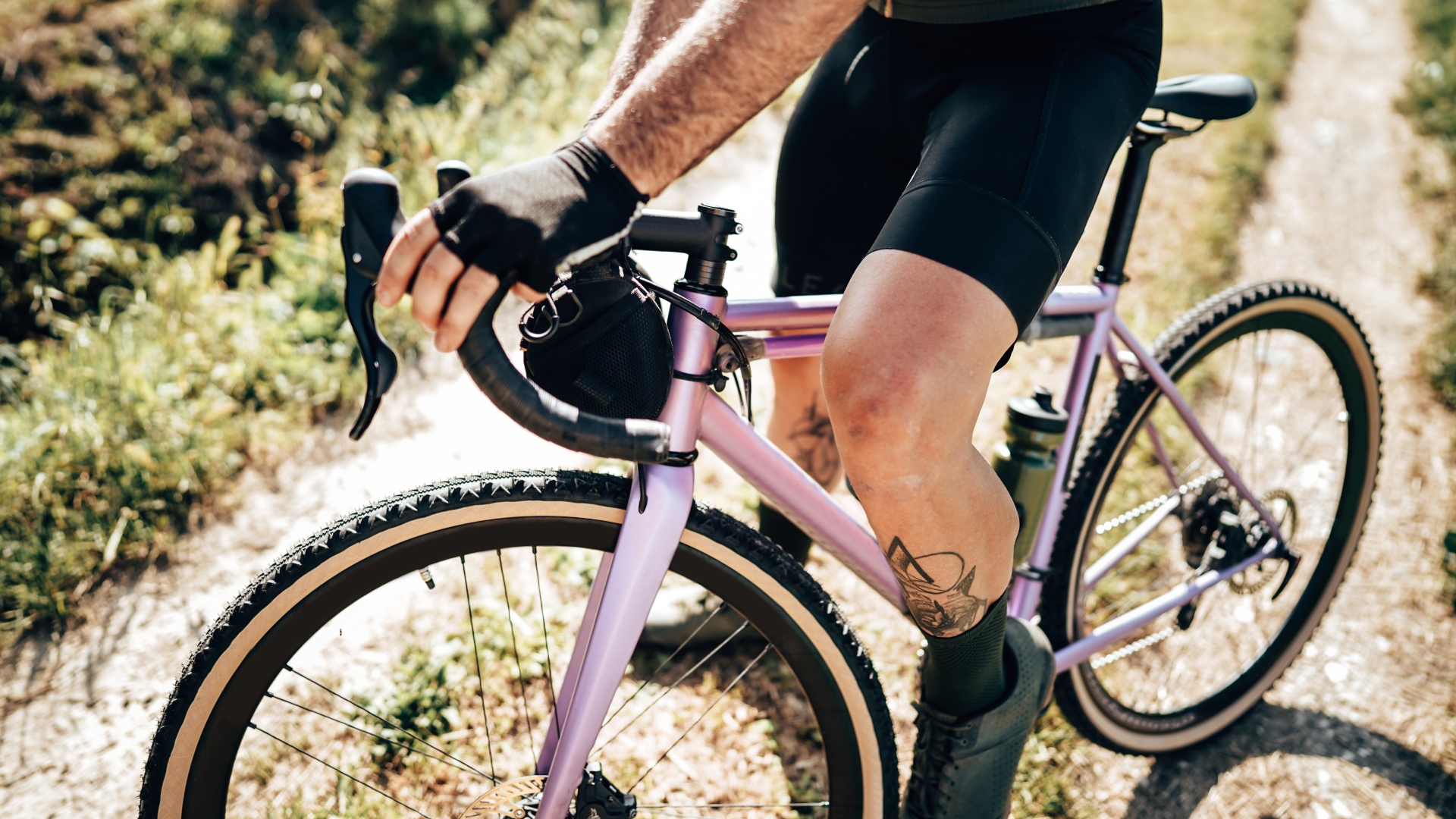
Running the optimum pressure for the best gravel tyres can really unlock their full potential. Get the number right, and you’ll be rewarded with improved comfort, speed and grip. But how do you know the correct pressure for you?
Of course, you can simply look at the recommended range on the sidewall of the tyre. But if you’re looking for improved performance on the gravel, it’s worth digging into the details.
There are several contributing factors to consider here; the tire’s construction, internal rim width, whether you’re using inner tubes or going tubeless, rider weight and the terrain you’re riding all contribute to the equation.
Why pressure matters
The ideal tyre pressure should lower your rolling resistance while optimizing comfort. There’s a balance to be struck here of course, but given that gravel surfaces tend to be, by their very nature, uneven, lowering your tyre pressure can serve both purposes.
In simple terms, you want to allow the tyres to deform as they roll over the bumpy terrain. This helps to negate the energy lost as you and your bike move upwards as well as forwards. It’s in contrast to a smooth road surface where higher pressures result in a lower coefficient of rolling resistance. So running lower pressures on gravel can actually make you faster as well as more comfortable.
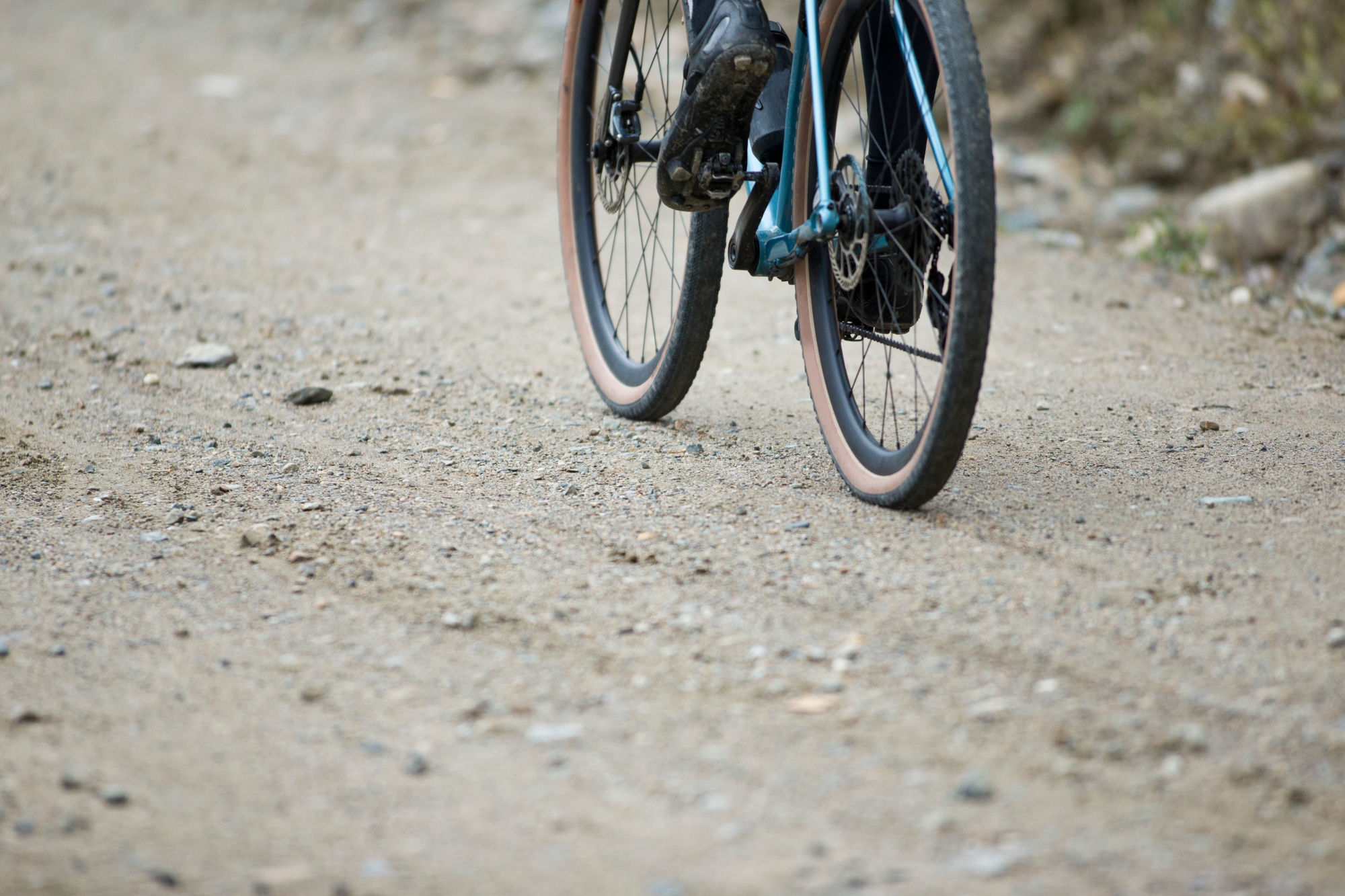
But what factors are in play when it comes to finding your ideal tyre pressure for gravel?
Tyre width
The width of your tyre is the first consideration. Because ‘gravel’ is such a loose term (pun intended) tyre widths can range considerably. A fast rolling tyre designed for gravel racing might be 32, 35 or 38mm in width, whereas a voluminous tyre for off-grid bikepacking could measure 45mm, 50mm or more in width. The rule of thumb here is that the wider the tyre, the lower the pressure.
You’ll also want to figure in the internal width measurement of your wheel’s rim. Modern gravel or all-road wheels now have rim widths designed to accommodate wider, tubeless tyres. If you’re fitting a gravel tyre that’s on the narrower side to a rim that has a generous internal width, the tyre will end up measuring wider than the number printed on the sidewall.
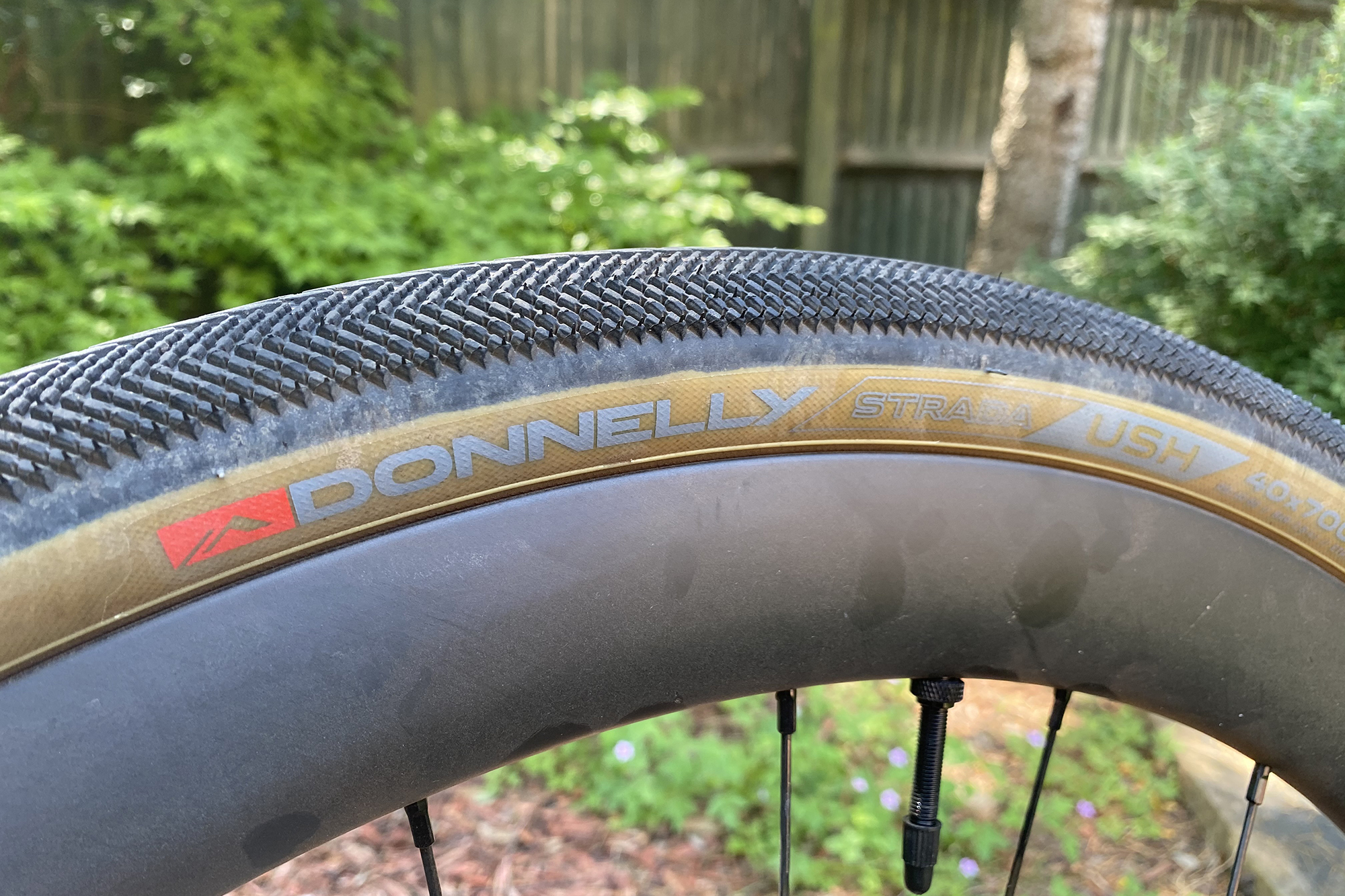
Conversely, if you fit a wider gravel tyre to a rim with a narrower internal width, the tyre can end up looking like a mushroom. Not only does it look a little silly, it can have a negative impact on both pinch flats (more on those later) and aerodynamics.
So in general it’s wise to try and ensure that your tyres and your rims are a good match, especially if you’re running the hookless variety.
A quick word on hookless rims
Hookless rims are just that. They eschew the conventional hooks in an effort to create a more aerodynamically enhanced transition from tyre to rim. They’re also said to deliver improved support at lower pressures as the tyre’s sidewalls sit further apart. They’ve become increasingly prevalent as the ‘wider and lower’ trend gained momentum; Zipp, Enve, Hunt and more all now produce hookless rims.
Zipp’s latest 303 XPLR hoops are the quintessential modern hookless gravel wheel, with a 32mm internal rim width, designed around a dedicated 40mm wide tyre.

It’s worth noting that in response to some reported issues with tyres coming off hookless rims, ISO and ETRTO issued a recommended maximum tyre pressure of 72 psi. The two bodies also state that, when used with hookless rims, a tyre cannot deviate more than 2mm from its labelled size. This perhaps has more relevance for road cyclists than gravel. On the road, a desire to run 28mm width tyres on hookless rims with a say a 25mm internal width is a likely occurrence, hence the advice referenced above.
Tubeless tyres
It’s a fair assumption that a large percentage of gravel riders will be using tubeless set-ups. Here the traditional inner tube is removed, replaced only by some sealant and specific tubeless rim tape and valves. You’ll need tubeless-ready rims and compatible tyres, which enable the tyre to seat and form an airtight seal with the rim.
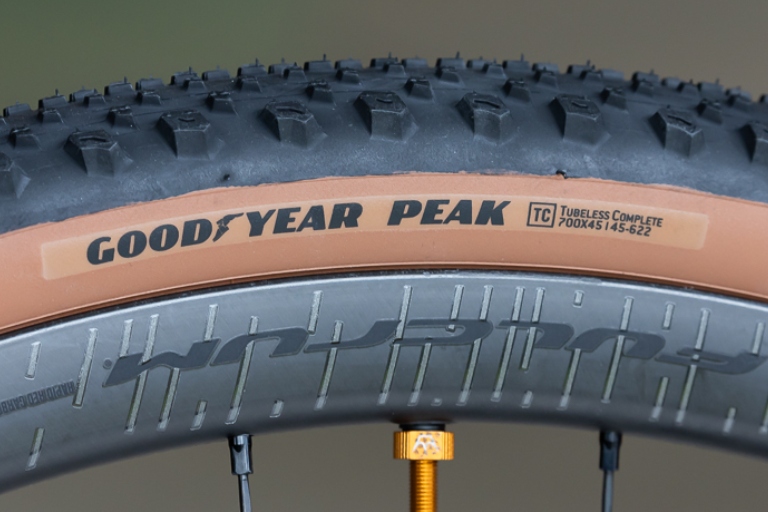
However, our experience tells us that tubeless set-ups do tend to lose pressure at a faster rate than those using inner tubes. With this in mind we’d suggest checking your pressures before each ride if you don’t do this already. Choose one of the best pumps to help with accuracy.
Tyre inserts
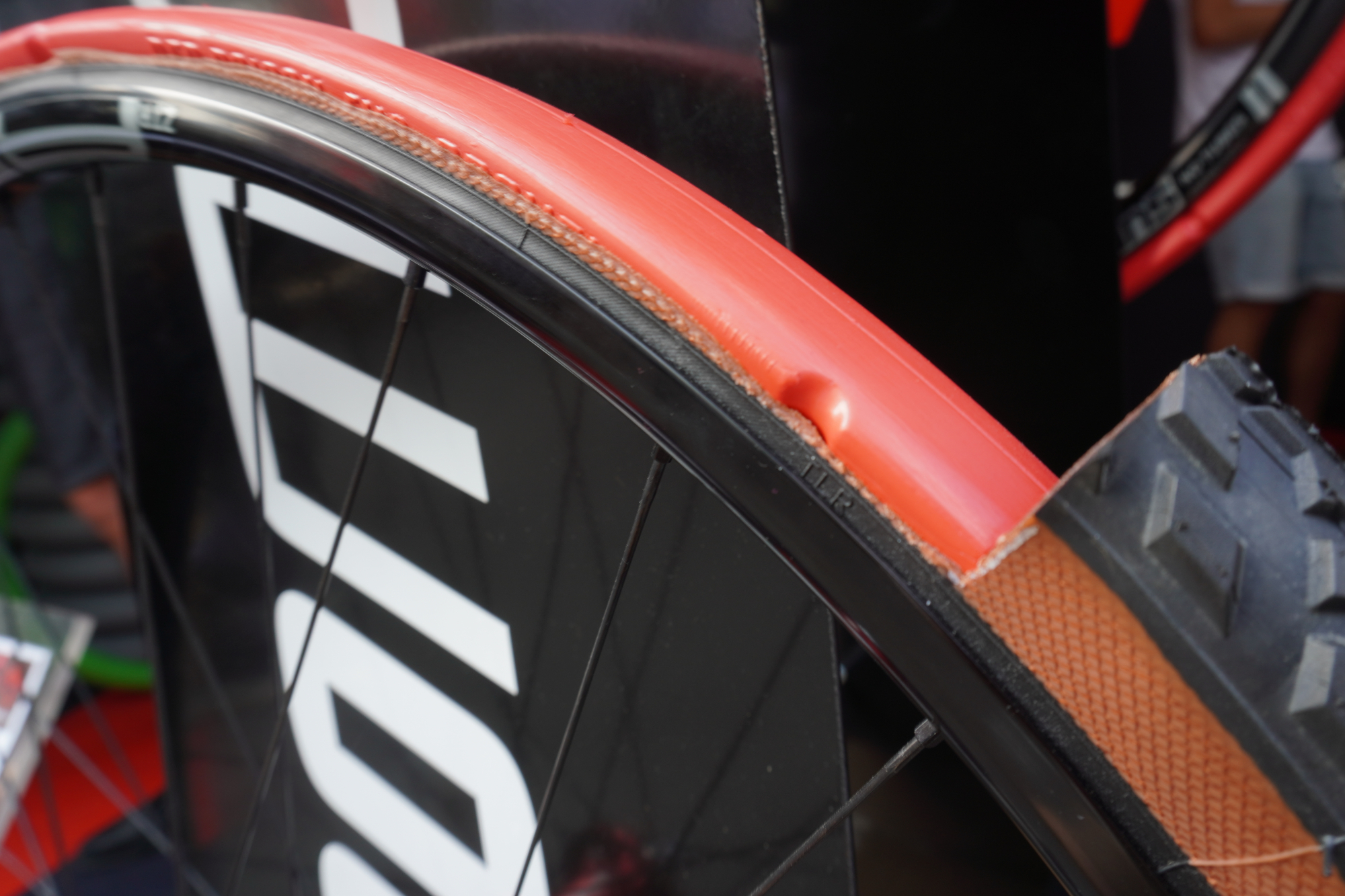
While tubeless technology is designed to eliminate punctures, the demands of gravel riding can still cause a version of pinch flats.
Here the combination of low tyre pressures and a considerable impact can cause damage to both the tyre and the rim. Inserts, essentially foam liners that sit inside a tubeless tyre, are designed to add protection. Manufacturers also claim that inserts can improve rider comfort.
A starting point
Once you’ve considered your tyre and rim, as well as how your tyres are set up, you’ll next want to account for your weight, riding style and terrain.
While there’s no exact formula here, many wheel and tyre manufacturers' websites have comprehensive tyre pressure calculation charts or interactive apps to assist you. As a general rule heavier riders will need a little more pressure, while lighter riders will typically benefit from lower pressures. You should also factor in the weight of your bike here - a steel bikepacking rig loaded with bags is considerably heavier than a stripped-down carbon gravel race bike.
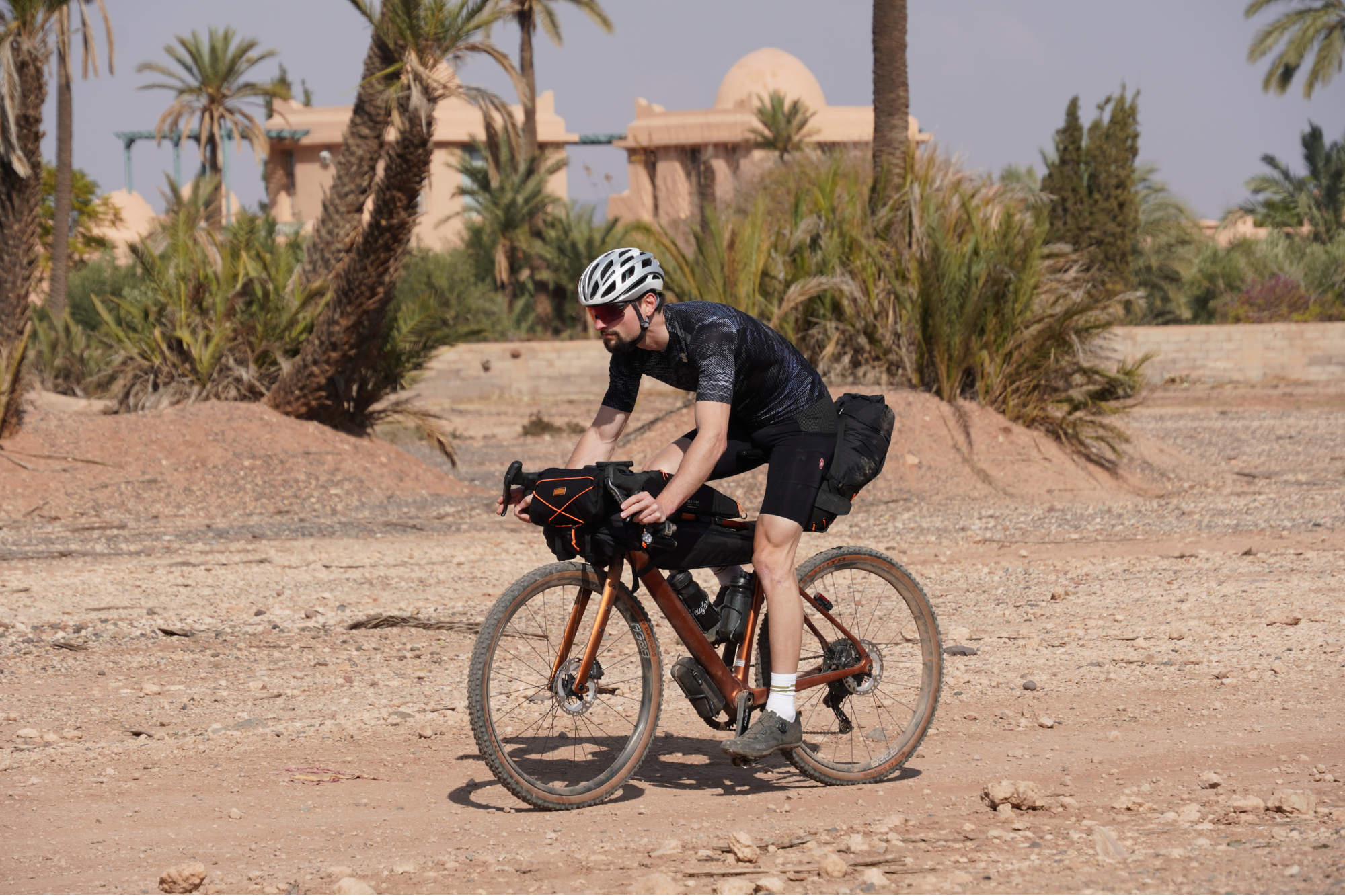
Figure in the ‘road’ ahead, too. Rough gravel trails will likely be better navigated with lower pressures and wider tyres, while hard-packed flint, tackled in a gravel race can be approached with narrower tyres run at slightly higher pressures. But ultimately there’s plenty of room for experimenting here. Our advice would be to use the manufacturers' charts as a starting point. From here you can begin to adjust your pressures accordingly based on the feedback from your ride.

As an example, the aforementioned Zipp 303 XPLR wheels have a maximum recommended pressure of 51 PSI (3.5 bar) if you’re running tyres in the 40-44mm range, but this drops considerably to just 36 PSI (2.5 bar) if you’re using super wide tyres, over 50mm.
When our North American Editor reviewed the wheels, Zipp’s online tool, which figures in rider and bike weight proved interesting; it recommended just 25 PSI (1.76 bar) on the front and 27 PSI (1.87 bar) at the rear, which is lower than she ran when completing two editions of the Unbound gravel race.







